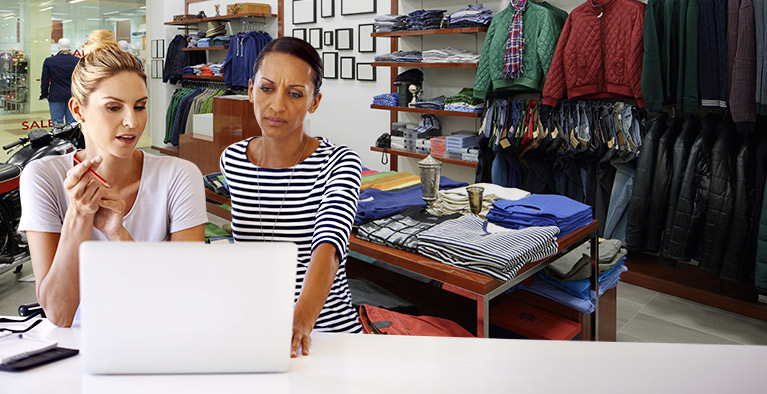Across retail, technology is helping push innovation and business competition to greater extents than seen earlier. The use of analytical platforms that are geared towards multi-structured data sources is helping drive faster and almost real-time customer responsiveness. App-like interfaces are designed to be simple, contextual and intuitive for problem-solving by an average non-technical user.
As a result, we are seeing a greater adoption of mobility in the use of analytical technology in-store, at the location, or even customer-facing apps. Fashion retailers, in particular, are diving deep into technology that enables supply chain responsiveness, visibility, and collaboration.
Let’s look at some of the ways improved analytics is driving business innovation in the fashion industry.
Customer Centric Merchandising:
Greater ability to integrate customer insights into product preferences, geo-demographic variations, a better understanding of lifestyle and psychographic drivers of sale – all now manageable at granularity and speed.
Demand-side:
Better management of product lifecycle using better forecasting techniques, more diverse data sources like digital and social data in demand analysis, advanced algorithms for predicting likely change in demand.
Supply execution:
Ability to shorten the business and seasonal cycles to meet changing customer preferences, enabling more flexible supply chain responsiveness, greater precision in in-season control by optimizing 5Ps and minimizing losses.
Store Operations and Customer experience:
Better in-store customer experience with analytics-guided selling and relevant customer engagement, greater real-time integration of multi-channel demand fulfillment needs, the personalized recommendation at the point of sale for loyal customers.
Pricing:
Better in-season control for full price sales, better markdown optimization, price consistency across channels, price control in promotional periods.
Promotional analysis:
Better execution of in-season activation programs/campaigns, the ability to deliver personalized communications on digital devices based on preference, advanced segmentation, history, geo-location etc.
Customer advocacy:
Ability to generate insights from customer advocacy programs, fashion ambassadors, activation programs etc, to enable a deeper understanding of demand, emerging trends & topics, responsiveness in digital engagement.
Digital shopping tools:
Virtual shopping assistants providing product recommendations based on preferences, customer inputs, and history, tools that help to create personal profiles, fitting sizes, and preferences in relation to occasions.
Subscription models:
Ability to try and buy new products, targeting the right offers to specific customer profiles, fashion expert recommendations in a box.
With Manthan Retail Analytics, fashion businesses can:
- Optimize buying, selling, pricing, assortment, placement.
- Manage product lifecycle pricing, sell-through and optimize markdowns.
- Identify top-sellers to buy and promote better.
- Anticipate and address out-of-stock before sales loss.
- Compare sales, margins, return rates by vendor/products.


























